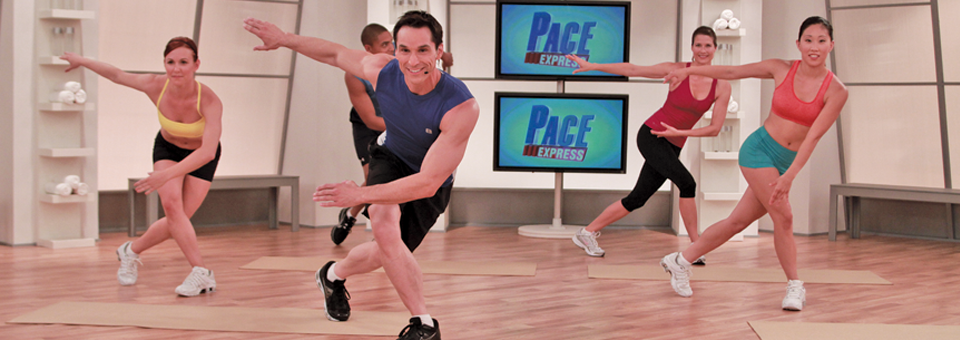If you do a quick Internet search for journal studies on exercising and brain function, you’ll see thousands have been conducted so far.
And the researchers all say the same thing: Aerobic exercise is good for the aging brain.
It was a lead story in The New York Times not too long ago.1
At this point, most people already know that any kind of movement will increase blood and oxygen flow to the brain.
But the so-called experts constantly miss the boat when they recommend working out for 40 minutes, four to five times a week.
So, I was pleasantly surprised to read a new study on exercise and Alzheimer’s from researchers at Florida Atlantic University’s Brain Institute just down the road from where I practice medicine.
This study didn’t just look at exercise and the aging brain. It focused on the same kind of exercise principle I developed 30 years ago when I was still in medical school.
My PACE program848848 uses short bursts of activity that increase in intensity over time. This builds capacity in your heart and lungs. It allows more blood and oxygen to get to the organs that need them the most, especially your brain.
PACE Boosts Blood Flow By 400%
One study showed that a workout program like PACE increased blood flow by more than 400%.2
In the FAU study, researchers had older adults at risk for Alzheimer’s walk on a treadmill. But here’s where it differed from the thousands of other studies in the past.
Instead of having the volunteers continuously walk on a flat surface, the researchers regularly increased the treadmill’s incline by 2.5%.
Before and after 26 weeks of doing this type of workout, researchers tested the volunteers’ blood for various exercise biomarkers of cognitive function. These biomarkers measure the effect
of exercise intervention on Alzheimer’s patients.They compared the results to a control group who didn’t make any changes to their workout habits. The results of the study showed that plasma CTSB levels increased following the 26-week program.
CTSB is a lysosomal enzyme that is secreted from muscle into circulation after exercise. It’s associated with memory function and adult hippocampal neurogenesis.
Earlier studies show that higher levels of CTSB “significantly improve” cognition and increase memory function.3,4
This research supports an earlier study from McMaster University that high-intensity exercise improves memory.
Researchers divided a group of 95 healthy young adults into three groups. One group did 20-minute sessions of intense interval training. A second group did the same exercise program and some brain training. The third control group did nothing.
After just six weeks, the people who exercised showed significant improvements in their “high-interference” memory. That’s the kind of memory that allows you to pick out your car from another of the same make and model. The control group had no improvement.
To get the most benefit for your brain, work out with short, high-intensity intervals like those in my PACE principle.
The beauty of PACE is that you can start anytime, no matter what shape you’re in. You have total control over how you progress and where you are progressing to. And all it takes is 12 minutes a day.
Practice PACE to Increase Brain Function
To boost your memory today, try doing three sets of this easy and effective PACE movement. You can do it anywhere you have room to run.
-
- Run, walk, climb, or swim as fast as you can. Go all out. It can last 30 seconds or three minutes. Remember to start at your own speed. If all you can do is walk, that’s fine.
- Slow down to an easy pace when you can’t go one second more. Recover for a few minutes. Focus on your breathing and feel it slowing down. Keep track of how long it takes for your breathing to return to normal. That’s how you monitor your progress.
- Now challenge yourself again. But this time, go a little faster than you did last time. Or go a little longer. Repeat for a maximum time limit of 12 minutes.
Start slowly. It may take you a few sessions to build up your stamina. That’s OK
To Your Good Health,
![]()
Al Sears, MD, CNS
References:
1. Tomoto T, et al. “One-year aerobic exercise reduced carotid arterial stiffness and increased cerebral blood flow in amnestic mild cognitive impairment.” J Alzheimers Dis. 2021;80(2):841-853.
2. Adapted from: von Ardenne M. Oxygen Multistep Therapy. New York, NY: Thieme Medical Publishers, 1990, p144.
3. Moon H, et al. “How body affects brain.” Cell Metab. 2016;24:332-340. 4. Niemeyer C, et al. “The role of cathepsins in memory functions and the pathophysiology of psychiatric disorders.” Front Psychiatry. 2020 Jul 24;11:718.

